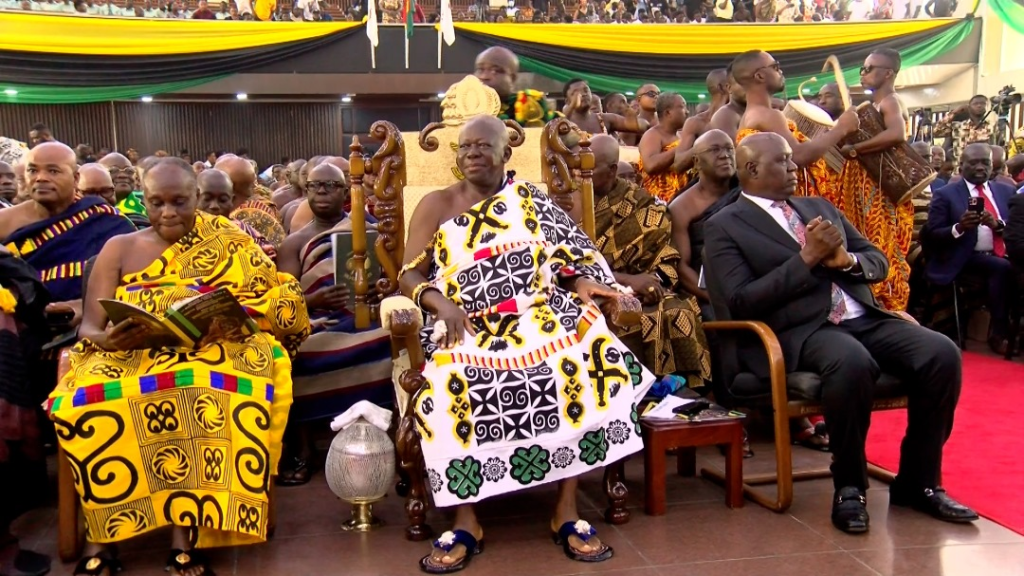
Several prominent Asante chiefs perished when the British Army clashed with soldiers of the Ashanti Kingdom at Amoaful near Asante Bekwai in 1874. The clash also saw about 4,000 Ashanti soldiers losing their lives on the battlefield.
In what became known as ‘Sagrenti War’, the British Army under the command of Major-General Sir Garnet Wosely with the support of forces brought from Nigeria, Sierra Leone, among other parts of the world march to Kumasi from Cape Coast.
British engineers until then were brought in to expand roads and build bridges over streams and rivers in the Gold Coast, mainly with the intent of invading the Asante Kingdom.
The expansion of road network to Kumasi was to ease the deployment of soldiers.
On the list is Asante warlord, Bantamahene, Baffuor Amankwatia; Asuowinhene Kwame Mprah; Toasehene, Nana Ampofo; Nana Atta Fosu, Kwasohene; who all fell at war in the thick forest of Amoaful near Asante Bekwai.

Others included Nana Domeh, Kwamohene as well as Asansohene, Nana Asare Bediako, Nana Akora Gyimah, Amakomhene as well as a prominent Asantehene Lindquist , Nana Baffuor Appiah, Amoaful Poku II, then Amoafulhene and several other chiefs.
The list is endless as over 4, 000 Ashanti soldiers perished in that war.
According to Professor Tom McCaskie, a prominent historian at the Center of West African Studies at Birmingham University, the conduct of Otumfuor Kofi Karikari who was destooled after the Sagrenti War played a part in events leading to the war.
“Kofi Karikari was worse. He distributed money to buy popularity and he was eventually destoooled at the end of the ‘Sagrenti War’.
British forces pillaged the Asantehene’s Palace in Kumasi during the conflict, which came to be known as the ‘Sagrenti War’.
In a 709 page book authored by the Asantehene, Otumfuo Sir Osei Agyemang Prempeh II tittled, ‘History of Ashanti’ and edited by the renowned Professor McCaskie, recounted how the fight for control over trading activities in coastal towns of Cape Coast and Elmina pre-empted the Sagrenti War.
Hostage taking and the subsequent imprisonment of Basel Missionaries for about 4 years under the watch of then Asantehene, Kofi Karikari fuelled the January 31, 1874 war.
This paved the way for British soldiers to march on to Kumasi; bombarding the town with ammunition as they razed the famous kingdom on January 31, 1874.
British soldiers and their allies also looted Ashanti artefacts in the process.
But, what is the significance of the Sagrenti War in modern day Ashanti?
“The spirit of patriotism; that is one thing that anybody cannot take from Asante,” says Dr. Eugenia Anderson is a Lecturer at the Political Science and History Department at the Kwame Nkrumah University of Science and Technology.
She is also a gender historian.
“When you look at our media spaces today, there are times that issues of Asante come up and people mock them for all kinds of reasons but you cannot take patriotism from Asante.”
Asantehene, Otumfuo Osei Tutu II, is commemorating the 150 years of the Sagrenti War as part of his 25-year ascendancy on the Golden Stool.
ALSO READ:
Common core curriculum: Science students to skip Core Maths, Integrated Science
